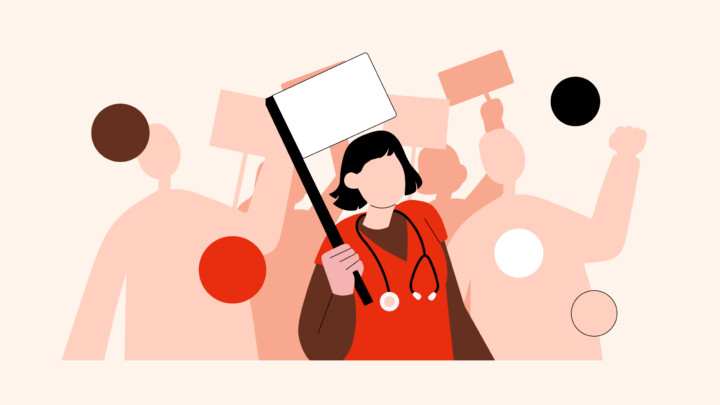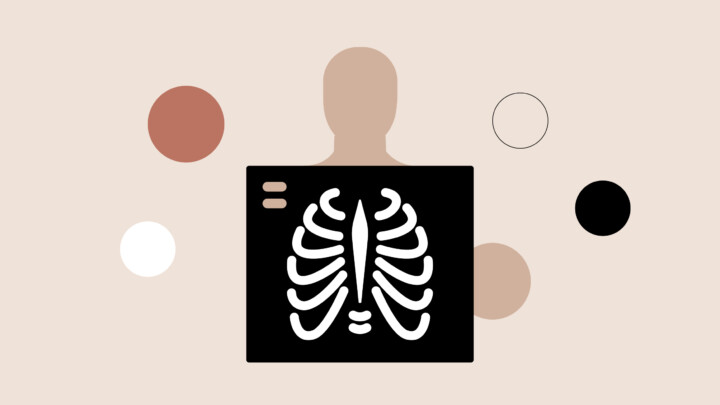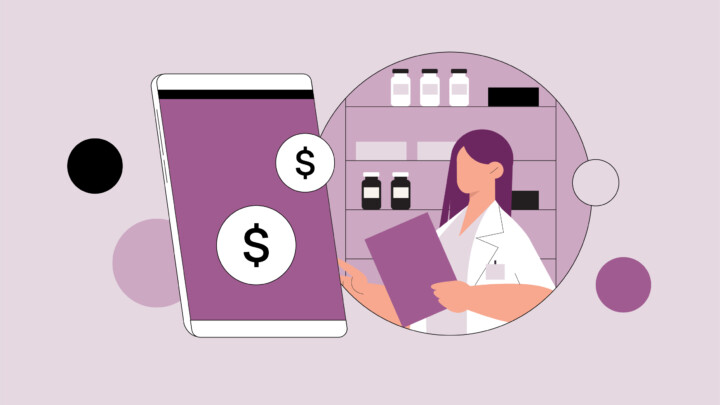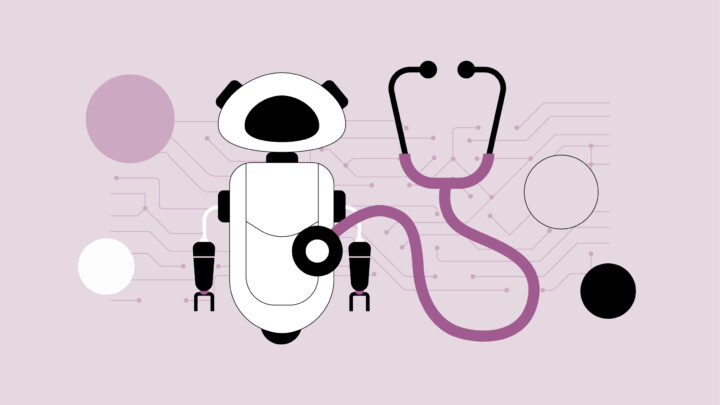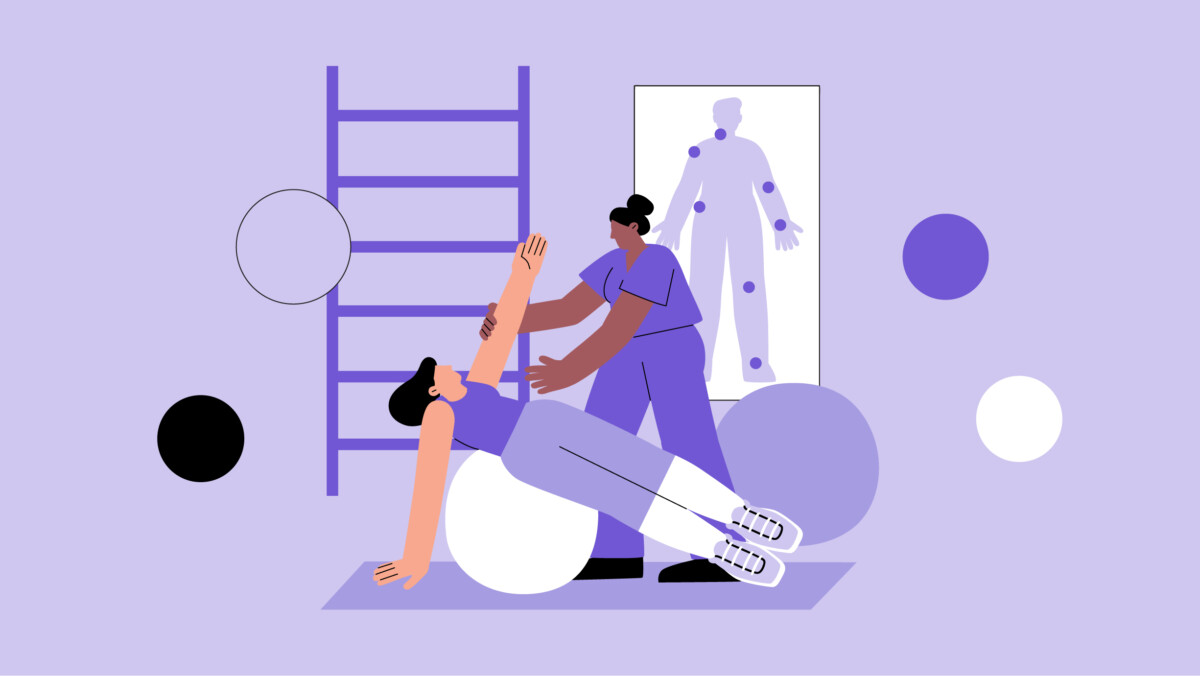
Physicians across the country are confronting a paradox born of well-intentioned care. Pain—once hailed as the “fifth vital sign“—was routinely treated with opioids as a first-line intervention. That practice fueled a tragic escalation of misuse and dependence, culminating in over 80,000 opioid-related deaths in the U.S. in 2023 (CDC).
Today’s physicians shoulder a dual mandate: to relieve genuine suffering while vigilantly guarding against the very addiction the healthcare industry once helped propagate. Recognizing opioid use disorder (OUD) early is critical—signs such as escalating dose requests, withdrawal symptoms, doctor shopping, and declining function can signal a patient is crossing into dangerous territory. Left unchecked, addiction rewires the brain’s reward pathways, making prevention far more effective than cure.
This crisis has catalyzed a fundamental shift in pain care. No longer is opioid monotherapy the default. Instead, a multimodal, patient-centered paradigm is taking hold—one that weaves together pharmacologic options, physical therapies, behavioral interventions, and minimally invasive procedures. In this new model, managing pain means treating the whole person, not just the symptom.
Hospitals are also increasingly adopting Transitional Pain Services (TPS)—specialized programs designed to identify and manage patients at high risk for poor pain outcomes following surgery. These include individuals with chronic pain, those on long-term opioid therapy, and patients with a history of substance use disorder. TPS programs bridge the gap between acute post-operative care and long-term pain management, aiming to prevent the development of chronic pain and reduce opioid dependence.
Pain management techniques to reduce discomfort
Modern approaches to chronic pain treatment emphasizes non-opioid strategies first, reflecting both clinical evidence and physician experience. As one internal medicine physician from Nigeria noted, “Effective pain management is a very difficult aspect of medicine looking at the risk of opioid dependence. Management using opioid is easier to implement when the patients have a terminal condition that can be adequately prognosticated, not so with conditions patients are expected to recover.” This perspective underscores why physicians are increasingly turning to integrated, non-pharmacological approaches for patients with chronic or recoverable conditions.
This shift is echoed in a recent Sermo survey, based on a small sample poll:
- Nearly half of physicians (47%) said multimodal pain management approaches best balance pain relief with addiction risk.
- 31% favored combining stricter prescribing guidelines with broader access to non-opioid therapies, while smaller cohorts emphasized each strategy—either tighter prescribing or expanded non-opioid options—individually.
These findings underscore a clear consensus: physicians view the future of pain care as layered, integrative, and patient-centered rather than reliant on a single intervention.
Each of the following techniques—starting with simple, accessible methods like heat and cold therapy— represent the building blocks of a multimodal pain-management plan, and offers evidence-based options for how to reduce pain and discomfort while providing effective, low-risk relief, illustrating how non-opioid strategies can transform patient care.
Applying heat or cold
Natural pain relief starts with simple, at-home techniques like heat and cold therapy—no prescriptions required. Heat therapy increases blood flow, reduces stiffness, and relaxes muscles, while cold therapy reduces inflammation and numbs nerve activity. Both are widely recommended as first-line interventions for musculoskeletal pain. These simple, accessible methods align with the broader shift away from opioids as a default, since they provide relief without pharmacological risk.
Gentle massage
As a key component of pain management at home, massage improves circulation, reduces muscle tension, and stimulates endorphin release. Clinical studies show benefits for chronic low back pain and fibromyalgia. Importantly, massage is a technique that patients can integrate into pain management in the comfort and privacy of their own space, reinforcing the idea that effective care doesn’t always require a prescription.
Transcutaneous electrical nerve stimulation (TENS)
TENS therapy delivers mild electrical currents that block pain signals at the spinal cord level. Evidence supports its use for neuropathic and musculoskeletal pain, with minimal side effects. For physicians, this represents a practical tool to recommend before escalating to pharmacological options.
Cognitive behavioral therapy (CBT)
CBT helps patients reframe maladaptive thought patterns that amplify pain perception, particularly in those prone to pain catastrophizing—a psychological response in which patients magnify or dwell on pain sensations. Research shows that catastrophizing is one of the strongest predictors of increased pain intensity and disability, making cognitive-behavioral interventions a crucial tool in chronic pain care.
As a U.S. radiologist in the Sermo community emphasized, “The guidelines on opioid prescribing are based on the facts that they are not a first choice and should be prescribed at the lowest dose that is effective and re-evaluated at each visit.” CBT exemplifies the type of non-opioid therapy that guidelines encourage physicians to prioritize.
Deep breathing
Learning how to deal with pain outside clinical settings often begins with deep breathing which activates the parasympathetic nervous system, reducing stress-induced pain amplification. It is often paired with mindfulness or guided imagery, making it a cost-free, accessible strategy for patients learning how to deal with pain outside of clinical settings.
Eliciting the relaxation response
Techniques such as progressive muscle relaxation lower sympathetic arousal, reducing pain sensitivity. These methods are particularly useful for patients with stress-related pain syndromes.
Meditation with guided imagery
Meditation alters brain activity in pain-processing regions, while guided imagery helps patients redirect focus away from discomfort. MRI studies confirm reduced activation in the anterior cingulate cortex during meditation, supporting its role in chronic pain treatment.
Mindfulness
Mindfulness-Based Stress Reduction (MBSR) has been shown to improve quality of life and reduce opioid reliance. It is now recommended by the American College of Physicians for chronic low back pain. This approach also empowers patients to take an active role in their recovery, reinforcing trust between physician and patient.
Yoga and tai chi
For patients exploring how to deal with chronic pain holistically, yoga and Tai Chi blend movement, breath control, and mindfulness. Evidence shows tai chi reduces osteoarthritis pain, while yoga improves function in chronic low back pain. For physicians, recommending these practices can be a way to integrate natural pain relief into treatment plans, especially for patients seeking ways to relieve pain without medicine.
The primary barriers to effective pain management
Despite advances in research and guidelines, physicians continue to face significant barriers when managing pain. These challenges are not only clinical but also systemic, cultural, and relational. One of the most pressing issues is the time-intensive nature of chronic pain care.
One U.S. pain medicine physician explained, “Managing patients with chronic pain is challenging because the only objective measure of therapeutic response is patient function. A patient’s functional status can only be ascertained by having a collaborative Doctor-Patient relationship. Unfortunately this is time intensive, and the reimbursement model does not support that type of care.”
This underscores how structural constraints—short appointment times and limited reimbursement—undermine the ability to deliver comprehensive, individualized care.
Sermo poll results reflect these realities: 34% of physicians identified limited access to pain management resources as the greatest barrier, while 28% pointed to lack of training and education in non-opioid techniques. Others highlighted time constraints during consultations (14%), concerns about medication side effects (12%), and regulatory restrictions (12%). Taken together, these results show that physicians are not only struggling with patient-level challenges but also with systemic gaps that limit their ability to provide holistic care.
An often overlooked need is the establishment of clear perioperative protocols for chronic pain patients maintained on opioid agonist–antagonist therapies. These medications complicate post-surgical pain control, and without structured protocols, patients may experience either inadequate analgesia or unintended withdrawal. Standardizing approaches for these populations is essential to ensure continuity of care and minimize risks during surgical interventions.
Another barrier is the lack of standardized, nuanced assessment tools in everyday practice. While pain is inherently subjective, structured tools like the analgesic ladder and pain scales remain underutilized. A physician on Sermo emphasized, “In my opinion, regardless of the policies, it is very important to make proper use of what we know as the analgesic scale, based above all on a pain scale of the patient that we treat individually, associated with the presumed diagnosis or known cause of said pain.” This highlights the importance of tailoring treatment to both the patient’s reported experience and the underlying etiology, rather than relying on one-size-fits-all approaches.
Finally, there is the human dimension of care. Pain management is not only about interventions and protocols but also about the therapeutic relationship itself. As a U.S. radiologist succinctly put it, “Effective pain management is grounded in empathy and kindness.” Without trust, patients may underreport symptoms, resist non-opioid strategies, or disengage from long-term treatment plans.
Taken together, these insights reveal that the barriers to effective pain management are not simply about access to therapies but also about time, tools, and trust. Overcoming them requires systemic reform, better training in non-opioid techniques, and a renewed emphasis on the physician-patient relationship as the foundation of care.
How disparities prevent patients from accessing effective pain treatment
Disparities in pain management are shaped by race, socioeconomic status, geography, and cultural differences. Research consistently shows that Black, Hispanic, and low-income patients are less likely to receive adequate pain relief compared to white or higher-income patients. Studies have also found disparities in the types of acute pain procedures offered. For example, minority patients are less likely to receive spinal anesthesia during cesarean sections or peripheral nerve blocks during orthopedic surgeries—procedures that can reduce the risk of developing chronic pain. These inequities in procedural pain management may contribute to the disproportionate burden of long-term pain seen among minority populations.
Rural patients, meanwhile, often lack access to multidisciplinary pain clinics or specialists, leaving them with fewer options beyond primary care.
A deeper challenge lies in how medicine itself has historically approached chronic pain. As a family medicine physician observed, “One big reason chronic pain has been undertreated and shrugged off for decades is that medicine tends to trivialize conditions it lacks the tools to explain.” This perspective highlights how systemic bias is not only about race or income but also about the epistemic gap—when medicine cannot easily measure or explain a condition, it risks dismissing it altogether.
A Sermo poll revealed that:
- 59% of physicians said racial and socioeconomic disparities contribute to unequal access to pain relief.
- 11% identified disparities as the primary cause of inadequate pain management.
- 13% believed disparities affect only a small number of patients.
- 18% said disparities have no significant impact.
These findings reveal a profession divided in perception but largely aligned on the fact that disparities remain a meaningful barrier to equitable care. Cultural differences further complicate treatment. Some patients may underreport pain due to stigma, while others may express it in ways that clinicians misinterpret. Implicit bias can lead providers to underestimate pain in certain populations, reinforcing cycles of undertreatment.
Finally, socioeconomic barriers—such as lack of insurance coverage for physical therapy, CBT, or integrative therapies—mean that even when physicians recommend non-opioid strategies, patients may not be able to access them. The result is a system where the most vulnerable populations are often left with the fewest options, perpetuating inequities in both pain relief and trust in healthcare.
Overcoming stigma surrounding pain management
Stigma remains one of the most persistent barriers in chronic pain care. Patients often feel dismissed, labeled as “drug-seeking,” or misunderstood by both the public and healthcare providers. This stigma not only discourages patients from seeking help but also erodes trust in the physician–patient relationship.
Innovative approaches are beginning to shift this narrative. Telehealth platforms allow patients to share their experiences in a more comfortable setting, while wearable devices provide objective data that can validate patient reports of pain. Multidisciplinary pain clinics, which integrate physical therapy, psychology, and interventional care, also help patients feel heard and supported by a team rather than judged by a single provider.
Sermo poll results underscore how physicians themselves view the path forward: 43% said that overcoming stigma requires a combination of strategies, including education, open dialogue, public awareness, and increased funding for research. Another 28% emphasized educational programs for both providers and the public, while 12% highlighted the power of storytelling from chronic pain sufferers. 11% pointed to research funding, and 6% supported empathy-focused public campaigns. Together, these responses reflect a strong consensus that stigma cannot be dismantled by one intervention alone but rather requires a multi-pronged, cultural shift in how pain is understood and addressed.
That same theme of comprehensive support emerged in another poll, which asked how healthcare providers can better support patients who feel abandoned by the system. Nearly half of physicians (47%) said “all of the above”—pointing to the need for patient education (27%), policy advocacy (10%), and personalized care plans (16%) working in tandem. These results reinforce that restoring trust requires not just empathy, but also structural changes and individualized care pathways that make patients feel seen and supported.
By combining education, empathy, and innovation, physicians can help reframe chronic pain not as a character flaw or weakness, but as a legitimate medical condition deserving of compassion and comprehensive care.
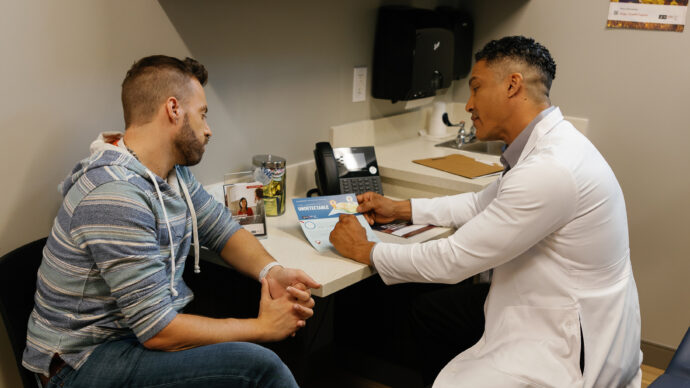
What do new pain management treatments mean for doctors?
The shift away from opioid-centric care has profound implications for physicians. No longer seen primarily as prescribers, doctors are increasingly expected to serve as educators, coordinators, and advocates within a broader, multidisciplinary model of pain care. This requires not only clinical expertise but also the ability to guide patients through a spectrum of therapies that extend well beyond medication.
One Sermo member emphasized, “Chronic pain management is multidisciplinary and the health personnel involved in its management must be prepared and know its pathophysiology, in this way they can administer the different tools in pain management, including psychotherapy, physical therapy and rehabilitation, adequate pharmacological treatment, following the analgesic ladder and even reaching blocks or infiltrations, in addition to trying new non-opioid medications which will reduce the addiction of these patients.”
This captures the evolving role of physicians: to integrate diverse tools, tailor them to individual needs, and ensure that patients receive safe, effective, and sustainable relief. For many clinicians, this means re-evaluating their professional identity. Pain management is no longer about writing a prescription—it is about leading a care team that may include physical therapists, psychologists, interventional specialists, and even digital health tools like telehealth platforms and wearable devices. Physicians must also embrace the biopsychosocial model of pain, recognizing that biological, psychological, and social factors all shape the patient’s experience.
Ultimately, the physician’s role is expanding into one of empathy-driven leadership: listening deeply, validating patient experiences, and offering solutions that restore both function and trust. By adopting this holistic approach, doctors can help patients achieve long-term outcomes while reducing the risks of addiction and dependency that defined the opioid era.
Key takeaways
Modern pain management is no longer about “masking pain” with a pill. It is a complex, patient-centered endeavor that requires:
- A multidisciplinary approach integrating physical, psychological, and interventional therapies.
- Addressing systemic barriers like insurance coverage and training gaps.
- Confronting stigma to restore trust and improve adherence.
- Leveraging technology and telehealth to expand access.
Sermo provides a vital community for physicians to share strategies, discuss challenges, and collaborate on building a more empathetic, effective model of pain care. By engaging in these conversations, physicians can lead the shift toward safer, more holistic pain management in the post-opioid era.

